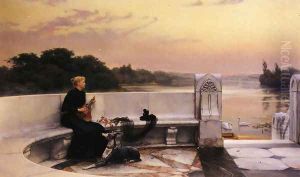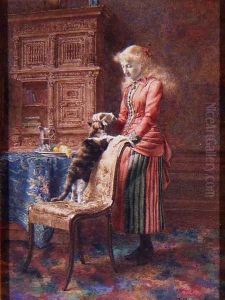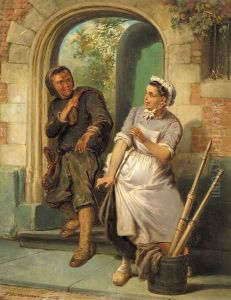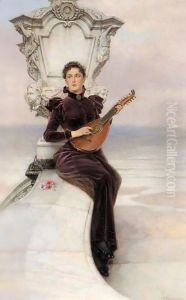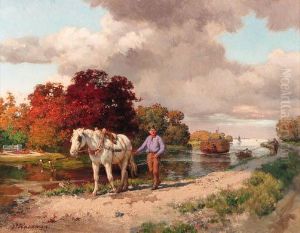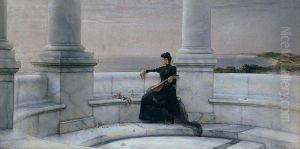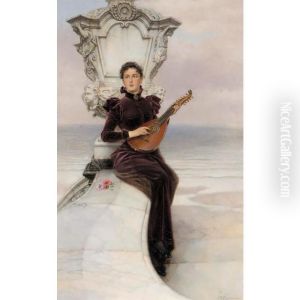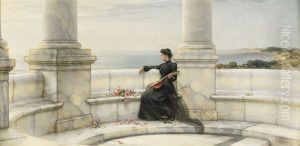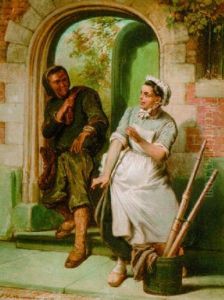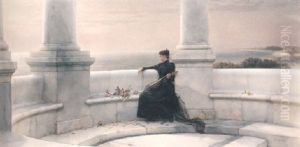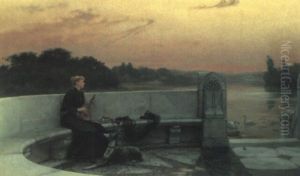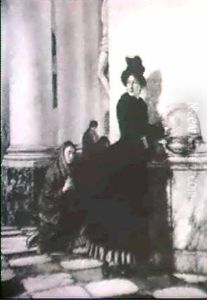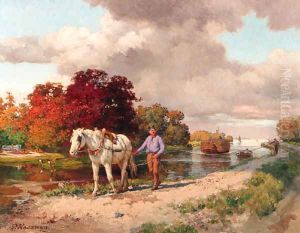Pieter Haaxman Paintings
Pieter Daniel Nicolaas Haaxman, born on August 27, 1854, in Delft, Netherlands, was a Dutch painter known primarily for his works that captured the essence of domestic life and historical scenes. His art is a reflection of the late 19th and early 20th centuries' Dutch society, embodying the transition from Romanticism to early modernist tendencies in Dutch art. Haaxman's work is characterized by a keen attention to detail, a warm palette, and a distinct ability to convey narrative through visual means.
Haaxman received his early education in the arts at the Royal Academy of Art in The Hague, where he was significantly influenced by the teachings of prominent Dutch artists of the time. This period was crucial in shaping his artistic direction, focusing on genre scenes, portraits, and occasionally historical subjects. Throughout his career, Haaxman remained deeply connected to his Dutch heritage, often depicting scenes that resonate with Dutch cultural history and the everyday life of its people.
In addition to his paintings, Haaxman contributed to the Dutch art scene through his involvement in various art societies and exhibitions, helping to foster a vibrant community of artists in the Netherlands. Despite his dedication to the traditional subjects, he was not averse to the changes in the art world, and his later works show an awareness of the evolving styles and themes of his time. Though not as widely recognized internationally as some of his contemporaries, Haaxman's contributions to Dutch art have been appreciated for their heartfelt portrayal of his subjects and their embodiment of a pivotal era in Dutch history.
Pieter Haaxman passed away on February 3, 1937, in The Hague. His legacy is preserved in the collections of various Dutch museums and by art historians who regard him as a vital link in the chain of Dutch painting, bridging the gap between the 19th and 20th centuries. His works continue to be appreciated for their historical value and their charming representation of Dutch life, offering insights into the cultural and societal norms of his time.
